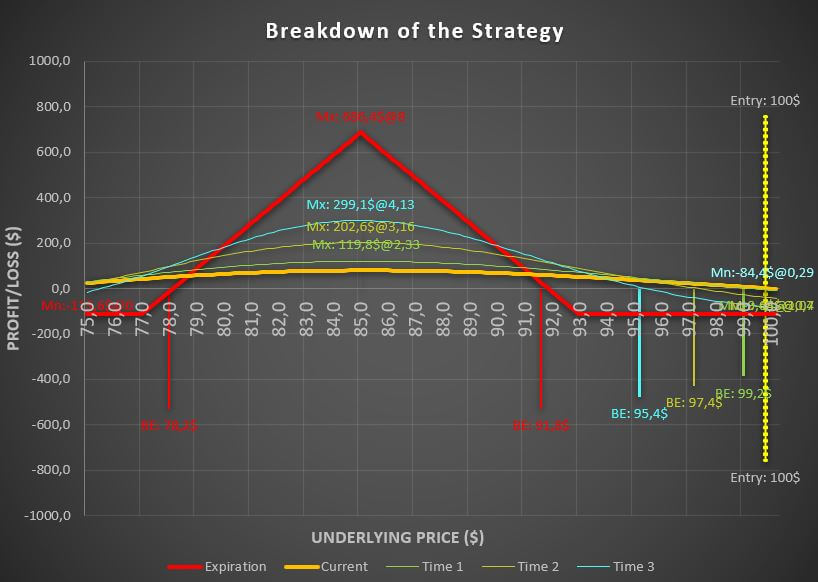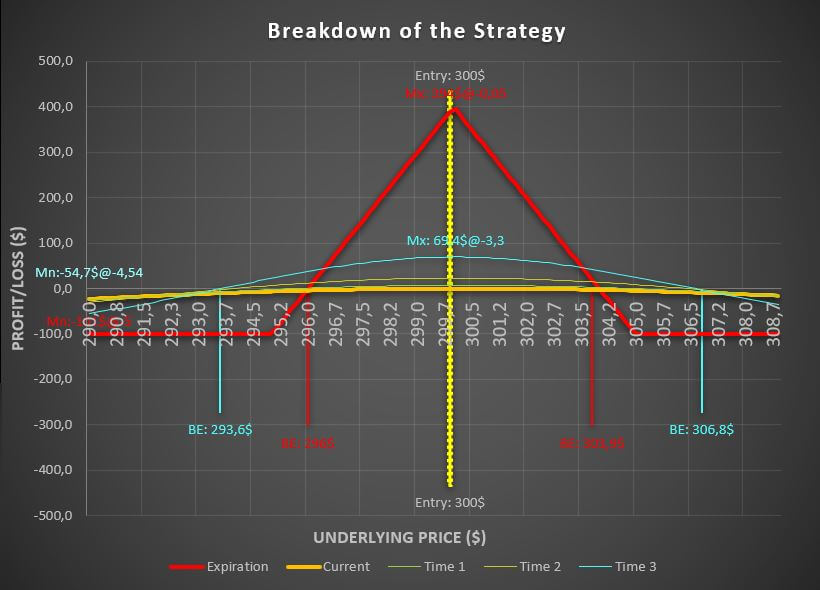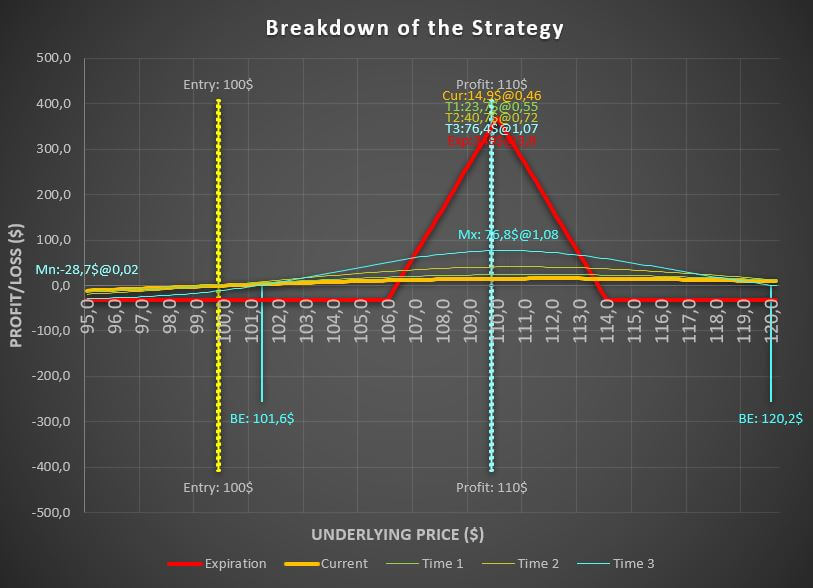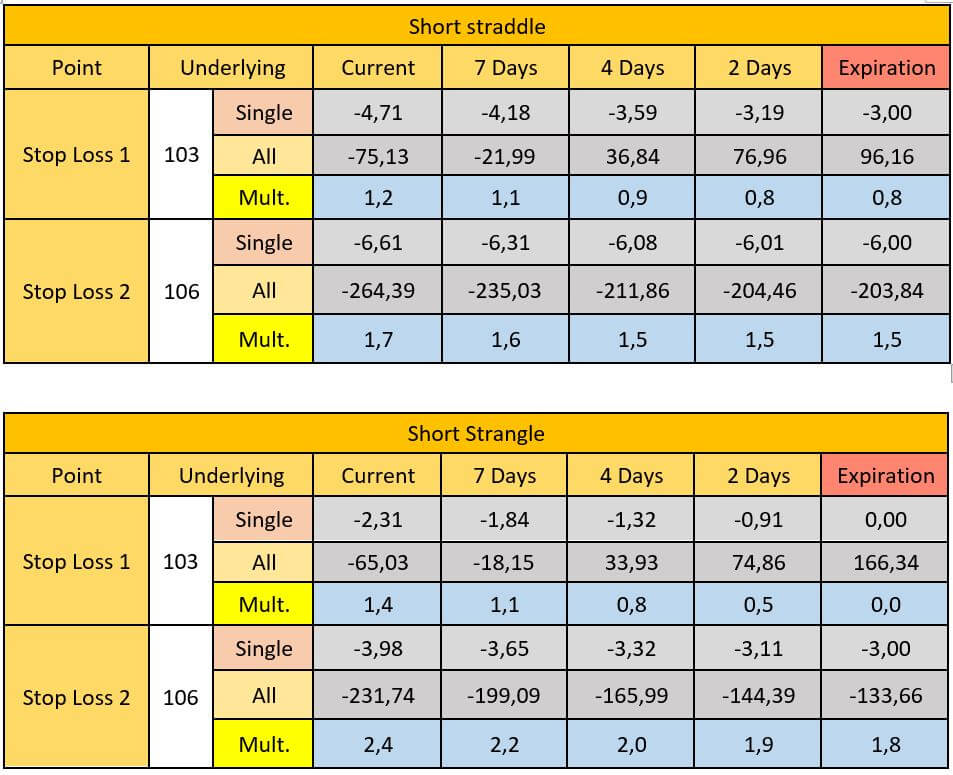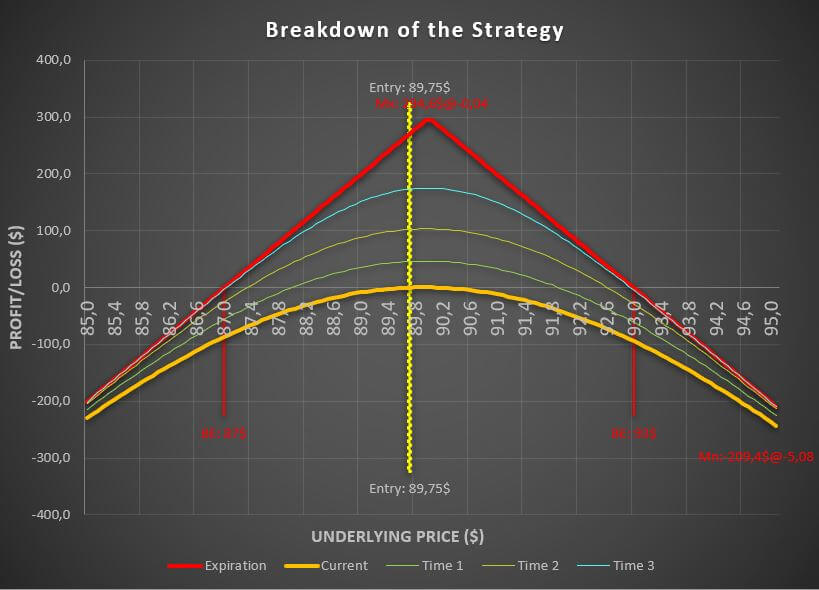Strategies for Stock Options – A Comprehensive Guide to Boost Your Investments
Stock options strategies are essential for maximizing profits and managing risk in the world of investing. With various types of options available, such as buying call or put options, investors can leverage their bullish or bearish outlook on specific stocks.
These strategies can help generate additional income through covered call options or protect investments with the protective collar strategy. Understanding basic options terminology and utilizing options to hedge against losses are crucial for effective risk management.
Moreover, options provide opportunities to capitalize on both high and low volatility scenarios. By diversifying investments through ETF options and incorporating options into portfolios, investors can optimize their returns. Online courses, academies, events, and conferences in the industry serve as valuable resources for learning and investing in options.
Overview of Stock Options
Stock options play a vital role in the world of investing, offering investors unique opportunities for profit and risk management. This section provides an overview of stock options, including an introduction to their functionality and the different types available.
Introduction to Stock Options
Stock options are contracts that grant the holder the right, but not the obligation, to buy or sell a specific amount of stock at a predetermined price within a set timeframe.
These contracts provide flexibility and leverage for investors seeking to capitalize on market movements.
Types of Stock Options
- Call Options: Call options grant the right to buy underlying stock at a specified price, known as the strike price, before the expiration date of the option contract.
This type of option is beneficial for investors expecting the price of the underlying stock to rise.
- Put Options: Put options give the holder the right to sell underlying stock at the strike price before the option contract expires.
Put options are useful for investors anticipating a decline in the stock’s price.
Understanding the different types of stock options is crucial when formulating effective trading strategies. Each option type offers unique advantages based on market forecasts and risk management objectives.
This allows investors to profit from a rise in the underlying stock price. By purchasing a call option, investors have the right but not the obligation to buy the stock at a predetermined price, known as the strike price, within a specified period of time.
By buying call options, investors can benefit from the potential upside of a stock without the need for a large initial investment. If the stock price exceeds the strike price before the option expires, investors can exercise their right to buy the stock at the lower strike price and then sell it at the higher market price, generating a profit.
Bull Call Spread Explained
Another strategy for a bullish outlook is the bull call spread. This strategy involves buying a call option with a lower strike price and simultaneously selling a call option with a higher strike price.
The sale of the higher strike price call option helps to offset the cost of buying the lower strike price call option.
The bull call spread enables investors to limit their upfront investment while still participating in the potential upside of the stock. If the stock price rises above the higher strike price, the investor’s profit is capped at the difference between the two strike prices, minus the initial cost of setting up the spread.
By employing these strategies for a bullish outlook, investors can take advantage of potential market gains and optimize their returns.
Strategies for Bearish Outlook
When anticipating a decline in the stock market, investors can employ various strategies to profit from a bearish outlook. Two common strategies for bearish outlooks are buying put options and using the bear put spread.
Let’s explore these strategies in detail:
Buying Put Options for Profit
By buying put options, investors can profit from a drop in the stock price. If the stock price plunges below the strike price, the put option becomes more valuable, allowing investors to sell the stock at a higher price than the market price.
Another strategy for a bearish outlook is the bear put spread. This strategy involves buying put options with a higher strike price and simultaneously selling put options with a lower strike price.
The goal is to mitigate the cost of buying put options by offsetting some of the expenses with the premium received from selling the lower strike put options. The bear put spread limits the potential profit but also reduces the potential losses compared to buying put options outright, providing a more cost-effective approach to bearish investing.
- Buy put options at a higher strike price
- Sell put options at a lower strike price
- Manage risk and potential losses
By understanding and implementing these strategies, investors can navigate bearish market conditions and potentially profit even when stocks are declining.
Do you need a Calculator that helps you create and analyze any option strategy in record time?
Generating Additional Income with Options
Generating additional income is a key objective for many investors, and options can provide opportunities to achieve this goal. By implementing specific strategies, investors can leverage options to generate extra income in addition to their stock investments.
Covered Call Strategy
The covered call strategy involves selling call options on stocks that the investor already owns. This strategy allows investors to collect premiums from selling the call options, providing an immediate income stream.
If the stock price remains below the strike price of the call option, the investor keeps the premium and can repeat the process. However, if the stock price rises above the strike price, the investor may be obligated to sell the stock at a predetermined price.
Protective Collar Strategy
By purchasing a put option, investors can limit their potential losses if the stock price decreases.
By simultaneously selling a call option, they can collect premiums and generate income. This strategy is often used when investors want to protect their existing stock holdings while generating additional income.
These strategies require careful analysis and consideration of the potential risks and rewards.
Investors should thoroughly understand the mechanics of each strategy and evaluate them based on their investment goals and risk tolerance.
Managing Risk with Options
Risk management is crucial when it comes to investing in options. Understanding basic options terminology and utilizing options to hedge against potential losses can help investors navigate the market with confidence.
Do you need a fast Stock Trading Journal that helps you make better decisions?
In this short video, we will show you how to know in detail the results of your trading, how to get an estimate of the number of stocks to trade based on risk, and how to drastically reduce the time it takes to record your trades with this Journal
Understanding Basic Options Terminology
In order to effectively manage risk, it is important to be familiar with key options terminology. This includes concepts such as strike price, expiration date, and premium. By understanding these terms, investors can make informed decisions and minimize potential losses.
Using Options to Hedge Against Losses
Options provide a powerful tool for hedging against losses in the market. By purchasing put options, investors can protect their investments by locking in a predetermined sell price. This strategy allows them to mitigate potential downside risk in volatile market conditions.
Alternatively, investors can also use options to hedge against losses by employing more complex strategies, such as vertical spreads or collar strategies. These strategies involve combining multiple options positions to limit potential losses and protect against adverse market movements.
By effectively managing risk with options, investors can navigate the market with greater confidence and protect their investments from potential downturns.
Leveraging Volatility with Options
When it comes to options trading, volatility presents both opportunities and risks. By leveraging volatility effectively, investors can capitalize on market fluctuations and enhance their returns. Here, we explore strategies tailored for high and low volatility scenarios.
Strategies for High Volatility
- Straddle: This strategy involves buying both a call option and a put option with the same strike price and expiration date. It allows investors to profit from significant price swings in either direction.
- Strangle: Similar to the straddle, a strangle strategy involves buying out-of-the-money call and put options.
This approach benefits from extreme price movements while potentially reducing the upfront cost.
- Iron Condor: This strategy combines a bear call spread and a bull put spread, utilizing both call and put options.
It aims to profit from a range-bound market with limited volatility.
Strategies for Low Volatility
- Iron Butterfly: This strategy involves combining a bull put spread and a bear call spread. It benefits from low volatility and a relatively stable underlying asset, generating profit from time decay.
- Covered Write: Also known as a covered call, this strategy entails selling call options against a stock position you already own.
It aims to generate income from the premium received while mitigating downside risk.
- Long Calendar Spread: In this strategy, long-term call or put options are purchased while near-term options with the same strike price are simultaneously sold.
This strategy benefits from time decay and small price movements within a specific range.
By employing these strategies during periods of high or low volatility, investors can tailor their options trading approach to the prevailing market conditions and enhance their overall investment outcomes.
Do you need a Calculator that helps you create and analyze any option strategy in record time?
Diversifying Investment with Options
Diversification is a crucial aspect of investing, and options provide a valuable tool to achieve it. By exploring ETF options, investors can gain exposure to a diversified basket of assets, spreading their risk across multiple companies and industries.
ETF options allow investors to capitalize on the performance of an entire sector or index, rather than relying on the success of individual stocks.
Exploring ETF Options
ETF options offer flexibility and liquidity, allowing investors to trade options contracts on ETFs. This enables them to participate in broader market movements and take advantage of market trends. Investing in ETF options can be an efficient way to manage risk while benefiting from the potential upside of a specific sector or market index.
Incorporating Options into a Portfolio
By incorporating options into a portfolio, investors can enhance their overall strategy. Options can be used to hedge against potential losses, generate additional income, or take advantage of market opportunities. Careful consideration should be given to strike prices, expiration dates, and risk tolerance when incorporating options into a portfolio.
- Utilize options to protect downside risk and limit potential losses.
- Generate income through covered call strategies and selling options on existing holdings.
- Take advantage of market volatility by implementing strategies such as straddles or strangles.
- Regularly monitor and adjust options positions to align with investment objectives.
Incorporating options into a portfolio requires a solid understanding of options trading and market dynamics.
It is essential for investors to stay informed about market conditions, keep track of expiration dates, and remain proactive in managing their options positions.
Resources for Learning and Investing
When it comes to learning and investing in stock options, there are various resources available to enhance your knowledge and skills. Whether you prefer online courses or seeking guidance from reputable academies, there are options tailored to your learning preferences.
Online Courses and Academies
Online courses offer convenience and flexibility, allowing you to learn at your own pace and from the comfort of your home. Look for reputable platforms that provide comprehensive modules covering topics such as option strategies, risk management, and market analysis.
Events and Conferences in the Industry
Attending events and conferences in the industry can provide invaluable networking opportunities and access to expert insights. Stay updated with upcoming events, workshops, and seminars focused on options trading and investment strategies.
These gatherings offer a platform to connect with seasoned investors, industry professionals, and thought leaders, who can help expand your knowledge and share their experiences.
By leveraging these resources, you can further develop your expertise in options trading and stay abreast of the latest trends and strategies. Remember, continuous learning and staying connected with the investment community are key to your success as an options trader.
…





